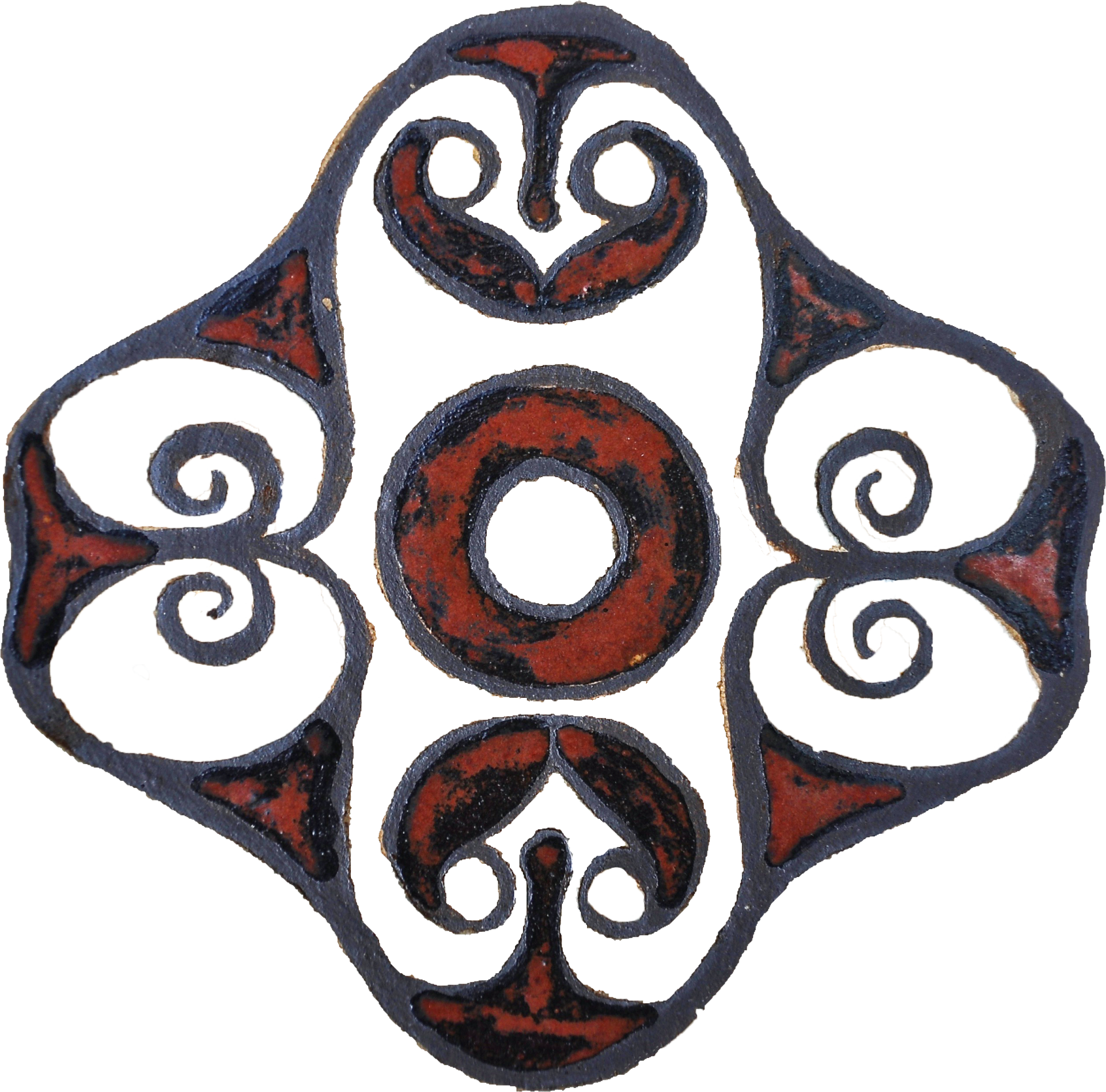Safe and Sound Protocol (SSP)
I AM A CERTIFIED SAFE AND SOUND PROVIDER.
The Safe and Sound Protocol has been developed by Dr. Stephen Porges following his years of scientific research on the Vagus Nerve. This nerve is called the Wanderer, because it reaches from the head through the body to all the organs. Porges has developed the Polyvagal Theory which shows how different parts of the nerve give rise to different reactions in us.
We live in a world which creates anxiety in us and our nervous systems may get overloaded. This might make us lose our temper easily or overwork obsessively, for instance. The Vagus nerve is then stuck in the fight and flight mode. We need this for survival, but not all the time. Sometimes our bodies cannot get out of this way of being. In the natural environment, animals use this to run from danger as we do. However, animals will stop and shake and return to eating and a more relaxed physiological state. We tend to override this relaxation state. We can only relax when the environment feels safe.
In his book, Our Vagal World, How Safety and Trauma Change us - Norton 2023 (by Stephen Porges and Seth Porges) Dr Porges summarizes his Polyvagal Theory in one sentence:-
“How safe we feel is crucial to our physical and mental health and happiness.”
The Poyvagal Theory focuses on what is happening in the body and in our nervous system. It can explain how, when we sense danger or something life threatening in the environment it impacts our behaviour. So for instance a traumatic event or events on the past, which we think we have recovered from, may affect us years later. We might find ourselves responding to a situation which is not dangerous, in an extreme way. The body has remembered the original trauma even though we do not remember it consciously.
What is the SSP and how does it work?
Dr Stephen Porges has developed the Safe and Sound Protocol which uses music to calm the vagus nerve. Music is downloaded from the Unyte website and played through an app. The Provider has access to the music and works with the client, deciding what to listen to, and helping the client to feel safe. It consists of 5 hours of normal listening, called Connect. 5 hours of the Core listening where the music is filtered, and 5 hours of music to Balance and maintain the changes that occur. It is a noninvasive way to support the nervous system.
What ages is it for?
It is suitable for all ages from infants to the elderly.
For mor information visit the Unyte website.
Who is it for?
It can help people with chronic anxiety or people who dissociate because of trauma.
It helps with Autism, ADHD, PTSD.
It helps us to respond to difficult situations rather than react to them.
It helps us create more positive social relationships.
Why I became an SSP Provider.
I have struggled with anxiety all my life. I became Agoraphobic and had to learn how to overcome it. I started with Jungian Analysis, and this helped me to understand why I was so anxious. During this time, I took up TaiChi and Qigong, which I now see was vital to my calming my nervous system and helping me to engage with the therapy as well as strengthening my body.
After training as an Analyst and teaching Infant Observation I decided to train in Biodynamic Craniosacral therapy. Here I began to learn how trauma affects the body as well as the mind. I worked with early developmental trauma lodged deep in the body. I first came across Dr Stephen Porges in 2008, shortly after I qualified as a Cranioscral Therapist, and I integrated working with the vagus nerve into my Cranial practice. Becoming an SSP Provider is a natural progression of my work and interest.
CONTACT ME
Wendy Bratherton, IAAP, CSTA Registered
The Green Parrot
Market Place
Swaffham
Norfolk
PE37 7AQ
Tel: 01760 724704
info@wendybratherton.com
SITEMAP
STAY UP TO DATE
You need a helping hand with your project?
We will get back to you as soon as possible
Please try again later
All Rights Reserved | Wendy Bratherton

